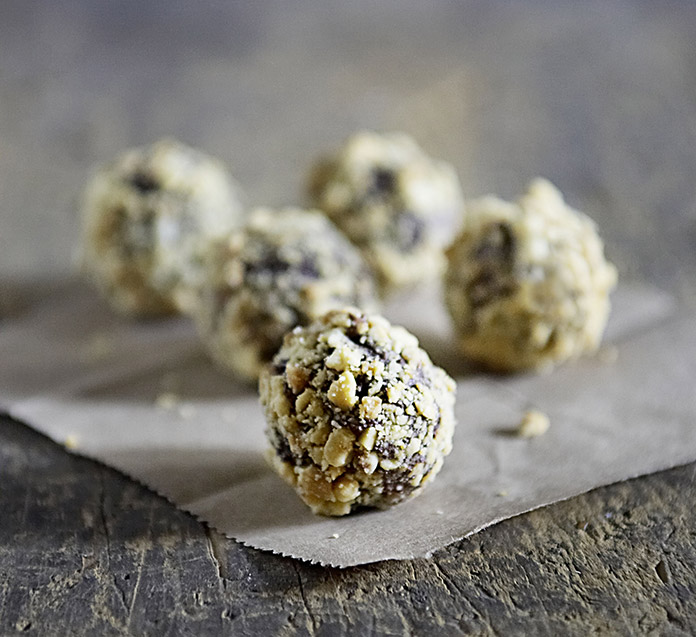Chocolatier Fritz Knipschildt on his new SoNo café, his just-published book — and the secrets to making perfect truffles. By Maria LaPiana
“Keep the canvas clean and let the products speak for themselves.” That’s Fritz Knipschildt’s mantra as he builds his brand and brings fine chocolates to the masses — one sweet truffle at a time.
The artisan behind Knipschildt Chocolatier prides himself on making all-natural, handcrafted, award-winning chocolates — and the superior quality of his confections has been duly noted in culinary circles.
Now the chocolatier has opened a new cozy café, Chocopologie, in the SoNo district of Norwalk, CT, and has written a book of the same name. “I wanted a place that was not pretentious, in order to keep the focus on what’s important,” he says. The storefront, where drinks and desserts are served barrista-style, is hip and completely devoid of coffee shop kitsch.
The book is filled with mouthwatering recipes, but it’s conversational, too. “I wanted to tell my story,” he says. “How I did it, why I would do it again.”
We asked Knipschildt (who is hard-pressed to name a favorite chocolate) why people are so passionate about truffles. “The first time you taste a good truffle — a really good truffle — it changes the way you look at chocolate forever,” he says. “And anyone can do them. They don’t take tempering — and they’re really fun to make.”
From his book, here are just a few of the chocolatier’s 23 (!) tips for making perfect truffles — every time.
1. Use the best chocolate you can find. Truffles are all about chocolate, and inferior chocolate will result in inferior truffles. I like chocolate that is between 70 and 75 percent cocoa content, because I prefer bitter chocolate. If you like chocolate that is slightly sweeter, use chocolate with a lower percentage of cocoa content (pure chocolate) instead.
2. When heating a mixture of cream and sugar, always put the cream in the pan first and then the sugar. This reduces the chance of the sugar burning.
3. Never melt the chocolate before pouring the hot cream over it. The chocolate should simply be coarsely chopped or broken up.
4. Remember that water and chocolate are enemies. This is important to keep in mind when you melt chocolate in a double boiler over barely simmering water, which produces steam. Any moisture in the chocolate can cause it to seize, or stiffen.
5. When you flavor the chocolate with fruit (apples or raspberries, for instance), cook the fruit down with a tablespoon or two of water to a thick jam. Only at this point is it ready to add to the cream.
6. If flavoring truffles with alcohol, add the liqueur, spirit, or wine to the cream before it comes to a boil. Bring the cream to a boil to cook off the alcohol.
7. When you want to flavor the truffles with coffee, start with really good brewed coffee or espresso and add it to the cream, hot or cold. You can also add espresso powder to the cream while it’s heating. Make sure it dissolves completely.
8. Use latex gloves when rolling truffles. This prevents the ganache from heating up between your palms as it’s rolled.
9. Do not roll the truffles longer than necessary to form them, as rolling heats up the ganache. You want the ganache to stay cool so it does not soften.
Buy the Book: Chocopologie, Houghton Mifflin Harcourt, February. 3, 2015, $24.99




